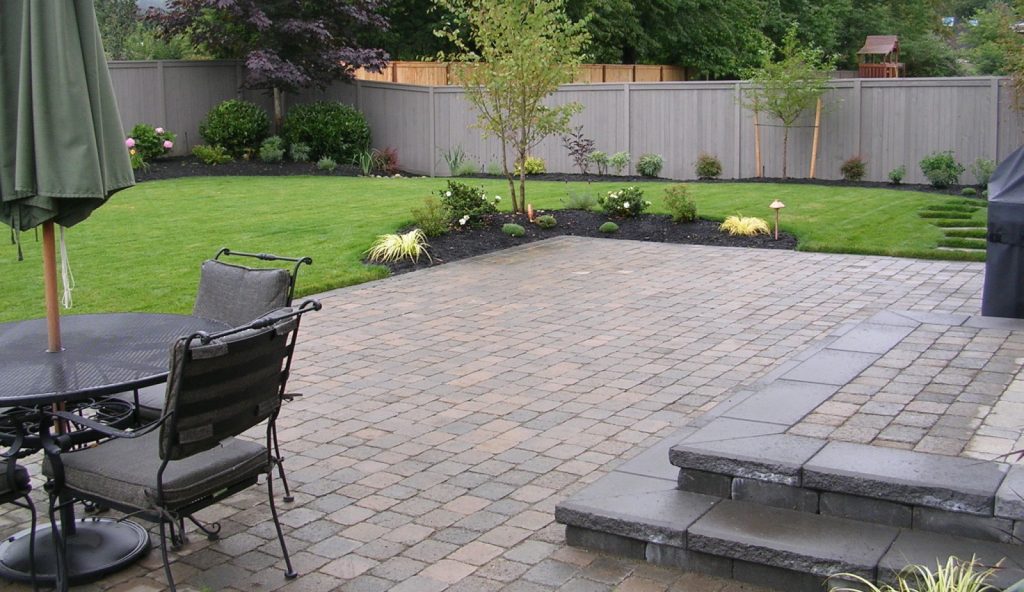Whether it’s just fading, cracks or potholes, a fresh clean driveway can make your property look better – and prevent car damage and falling injuries.
It’s easy for a homeowner to not look at their driveway. It’s something a person drives over every day, it serves its function, and the way most driveways deteriorate – be it asphalt, concrete, pavers or gravel – pavement deterioration happens gradually over time. So it’s easy not to notice the problems.
But there are trigger points where a repair or replacement of the driveway makes it a top-of-mind matter. Maybe it’s because a pothole formed in the asphalt pavement that is damaging to your car. Perhaps a crack in the concrete slab is a trip-and-fall hazard. Or maybe its time to sell the house and the driveway’s curb appeal is less-than appealing.
To decide on what to do, an assessment of the existing pavement is in order. Discoloration of both asphalt and concrete can be addressed somewhat with washing and sealcoating. But structural issues – cracks, potholes and perhaps water pooling – are a sign that serious repairs or a replacement might be in order.
Repairs come in many forms. Homeowners who live where winter and spring involve freeze-thaw cycles are most familiar with how cracks become potholes – and that filling in cracks can help prevent those potholes from ever happening. The trick is to catch the cracks in the earliest stages, before they grow big enough to permit water to enter the sub-pavement where it can freeze and expand. Crack sealants are best used on cracks that are a ½-inch wide or less.
If the spider-web look of the crack seals is distracting to you (it is to home buyers), apply a topcoat of sealant across the entire driveway surface and probably a second coat 24 hours later.
Concrete repair is a different story. Concrete really can’t be repaired in the same way. Sometimes a single slab might be replaced, but it will be a different shade of color.
A professional resurfacing is considered middle ground in the repair-or-replace question. This is a reasonable aesthetic solution if the fundamental underlayment of pavement and ground around it are stable.
Replacement is of course more expensive, but may be necessary because the deterioration is too great. It’s exceptionally difficult to repair cracked concrete, in part because the cracks may be due to tree roots, ground shifting or other factors that are hard to control. After a point, asphalt also can need complete replacement too if the cracks and potholes are too numerous.
When a replacement is required, consider it an opportunity to rethink the entire driveway in light of newer material options and changing tastes. Gravel and its more stable equivalent, chipseal (small stones set in tar), are fine for a rustic look and where municipalities and homeowner associations allow it. Asphalt driveways can be colored to match parts of the home and garage; concrete can be poured into curvy paths and even stained to liven up the hardscape. Rethink also landscaping and lighting, both of which can turn dull pavement into a grand entrance.





